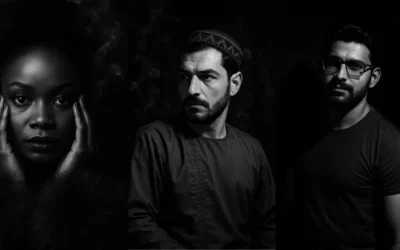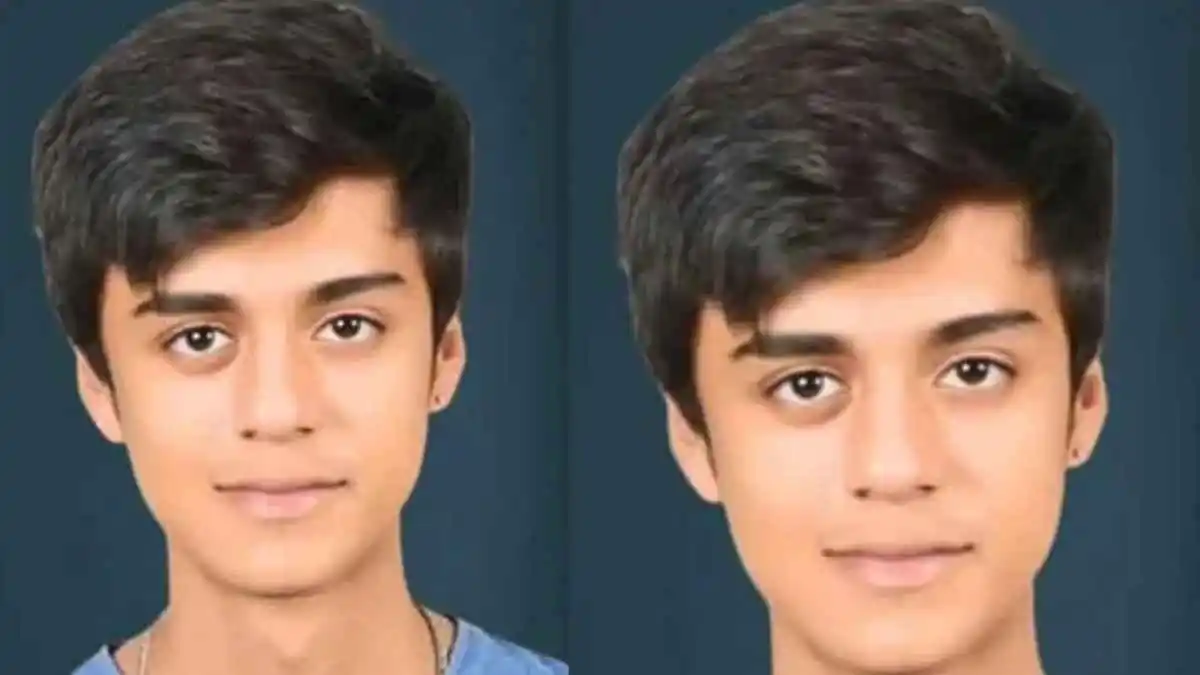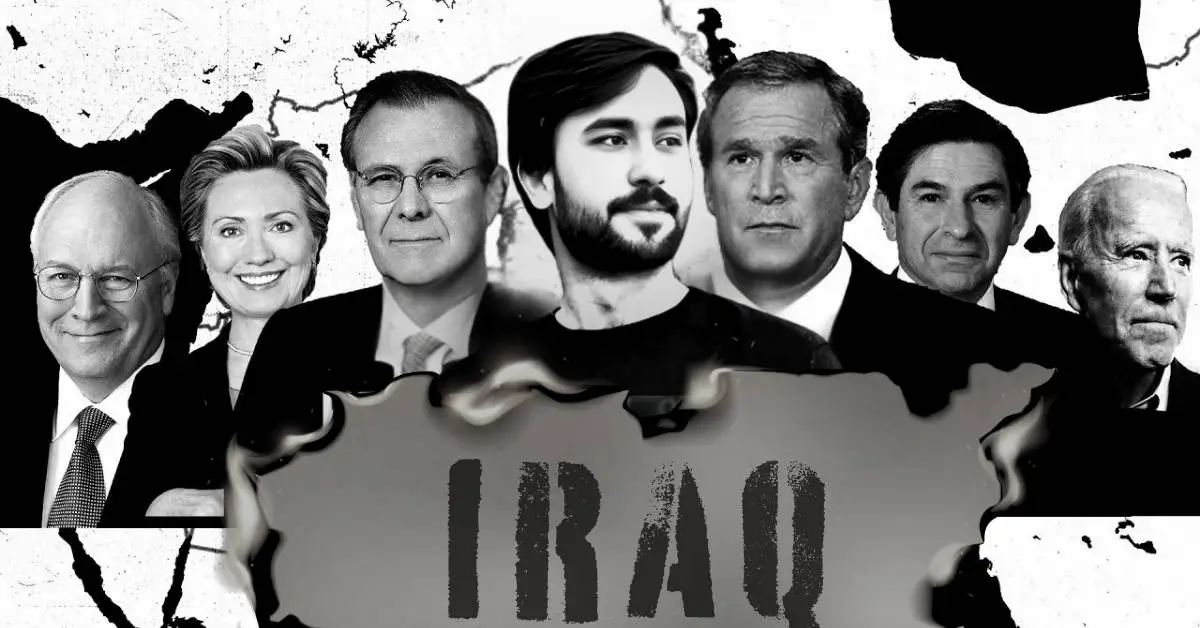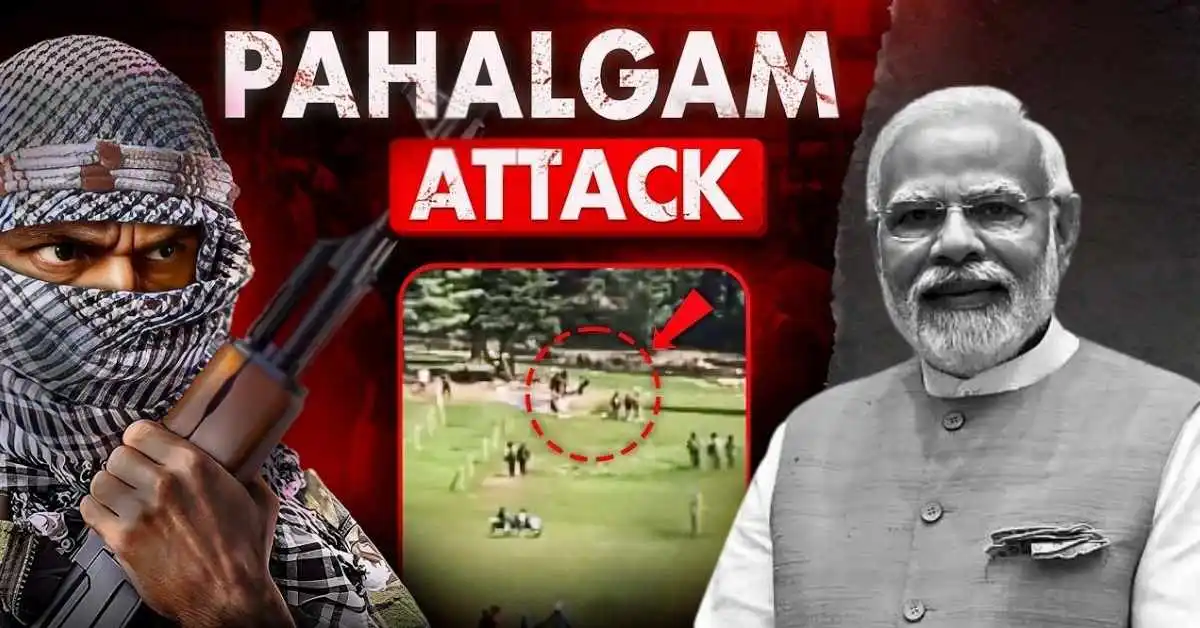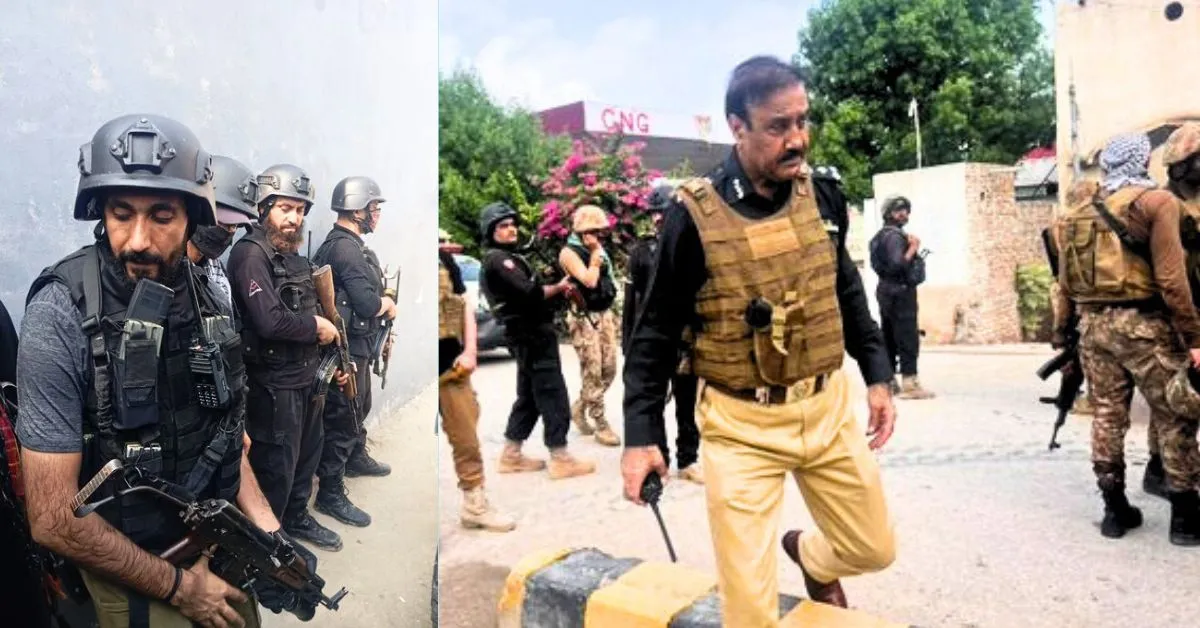Mustafa Amir, who was 23 years old, was kidnapped and murdered, and his case shows some problems with forensic evidence, legal challenges, and a family’s struggle to find out what happened.
Mustafa Amir, a 23-year-old Business Administration student, lived in the Defence Housing Authority (DHA) area of Karachi. He was kidnapped on 6 January and was later discovered dead in a car that had been set on fire near Hub, Balochistan. Two people have been taken into custody in connection with this case.
Also Read: Police Crackdown on Baloch protesters sparks Outrage, Stop Baloch Genocide
A crime took place in Karachi, and a body was found in Hub. Amir went missing on 6 January, and his body was found weeks later after a shootout that led to an arrest on 8 February.
Police say that childhood friends Armughan and Shiraz killed Amir during an argument and then set his car on fire to cover up what they did.
Karachi Student Found Dead in Burned Vehicle: Major Updates
Suspects Arrested
Armughan, a cryptocurrency trader, and Shiraz Bukhari were taken into custody after a gunfight with the Anti-Violent Crime Cell (AVCC) in Karachi.
Forensic Evidence
From Armughan’s home, investigators found bloodstained carpets, 64 laptops, and 5 million rupees in cash; DNA testing is still in progress.
Body Recovery
Burned remains were discovered in Amir’s burned car close to the Dhoraji police station in Hub, and Balochistan police initially classified them as “unidentified.”
Court Decision
The court denied the police’s request for Armughan’s remand and called for a Joint Investigation Team (JIT) because the evidence was not strong enough.
Public Distrust
Social media campaigns (#JusticeForMustafa) demand accountability for investigative lapses.
DIG Muqaddas Haider (CIA)
“Amir’s phone and the bloodstained carpets were really important to the case. Shiraz’s confession matched what the staff had said about the murder.”
Amir’s Mother
“Why delay DNA tests? We’ve handed evidence, but the police act like they’ve forgotten our son exists.”
Amin Anwar (Court Reporter)
“The AVCC’s dependence on servant statements made their request for remand less convincing. The JIT needs to tackle these issues.”
Context & Background
Mustafa Amir’s case highlights systemic issues in Karachi’s crime investigations. His abduction followed a cryptic text to his mother: “Mama, Armughan called me. I’ll be back soon”. Despite a ransom call and Armughan’s history of illicit activities (cryptocurrency scams, call centers), police faced criticism for:
- Failing to secure CCTV footage of Amir’s last movements.
- Delaying the DNA matching of bloodstains from Armughan’s house.
- Ignoring rumors about Armughan’s possible links to wildlife body disposal (via lion photos).
Neutral Reporting of Challenges:
- Procedural Issues: Amir’s family hasn’t had any DNA samples taken for over a month, and the missing iPhone and car have not been found.
- Legal Challenges: TThe court ordered a Joint Investigation Team (JIT) because it thought the evidence from AVCC was “weak,” making it harder to file charges.
- Suspect’s Background: Armughan’s private living, darkened windows, and a Rs. 5 million stash in cash raised concerns about possible illegal activities.
The outcome of the case depends on the DNA results and what the JIT discovered. Amir’s family has contacted Sindh’s Chief Minister and IG for help because they are worried the evidence might be messed with.
Legal experts think the AVCC could ask for more time with the evidence if they find stronger forensic connections. At the same time, people are starting to question how Karachi is dealing with violent crimes, and activists are calling for answers about the slow investigations.
Amir’s Dad
Amir’s dad said, “We call on the Sindh government to be open and honest. Our son needs justice, not just excuses from officials.”
My name is Farhad Dawar and I am graduate of the Institute of Media and Communication Studies Bahaddin Zakariya University Multan Pakistan. I’m passionate about journalism and media, and I believe in journalism of courage, uncovering the truth, and shaping the future.

